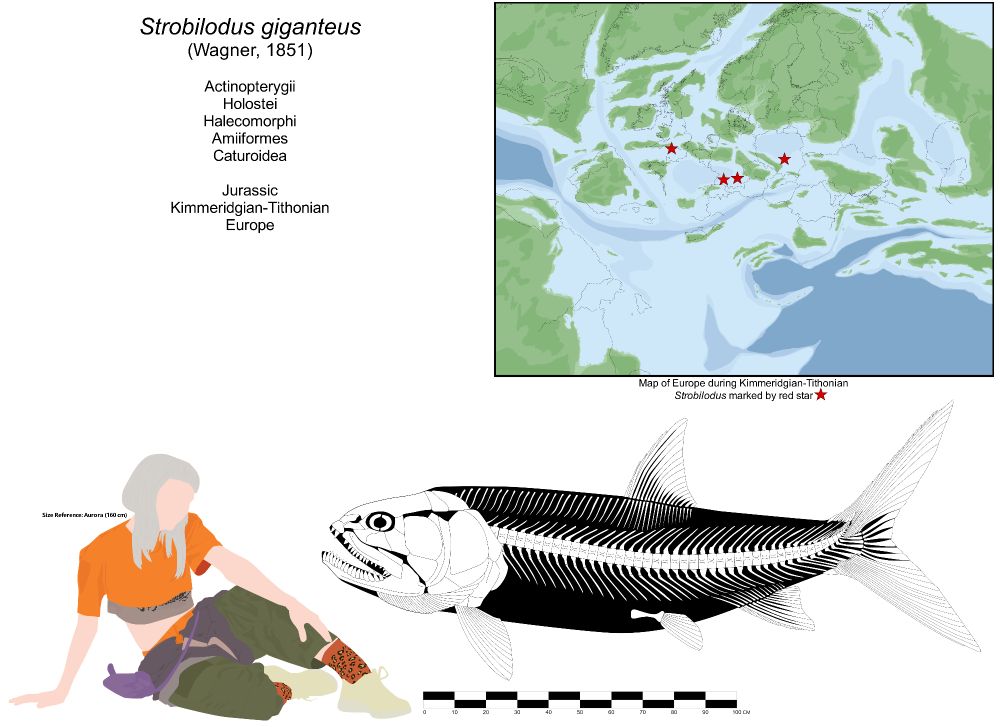
Dean Schnabel
@sassypn.bsky.social
310 followers
200 following
50 posts
🇩🇪 | Science Enthusiast | Skeletal Artist | He/Him | There will be apple blossoms on Mars! 🚀 | | Internationalist 🚩🇵🇸
Posts
Media
Videos
Starter Packs
Pinned
Reposted by Dean Schnabel
Reposted by Dean Schnabel































